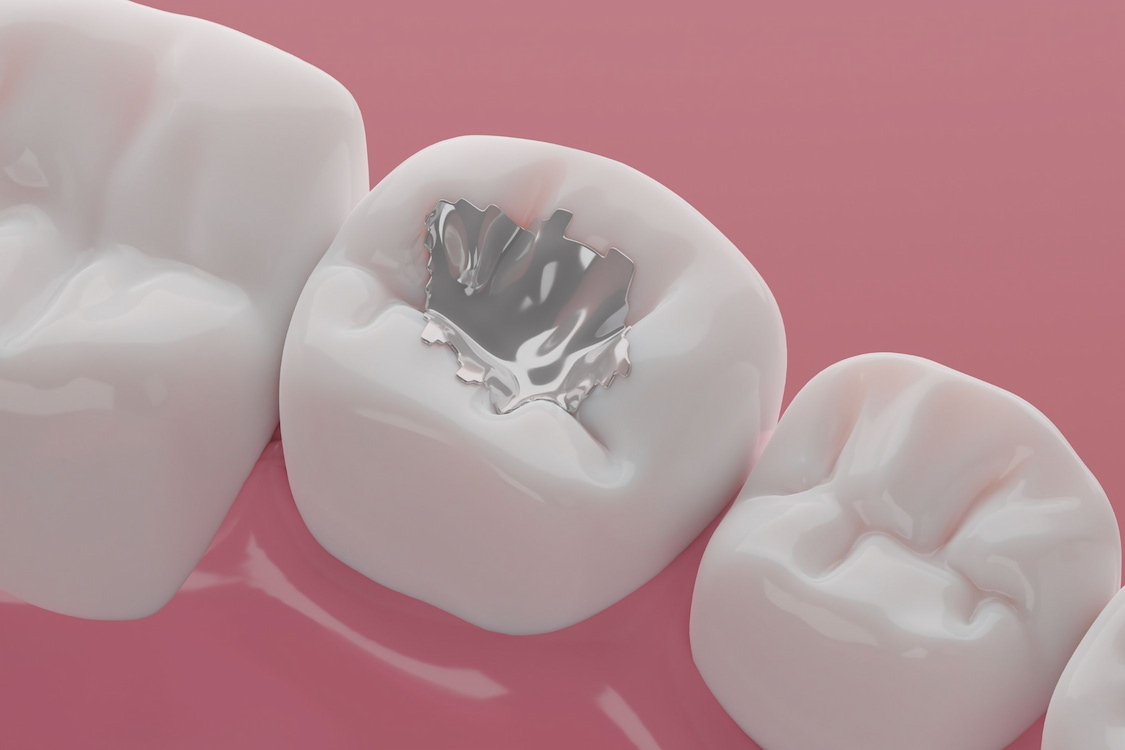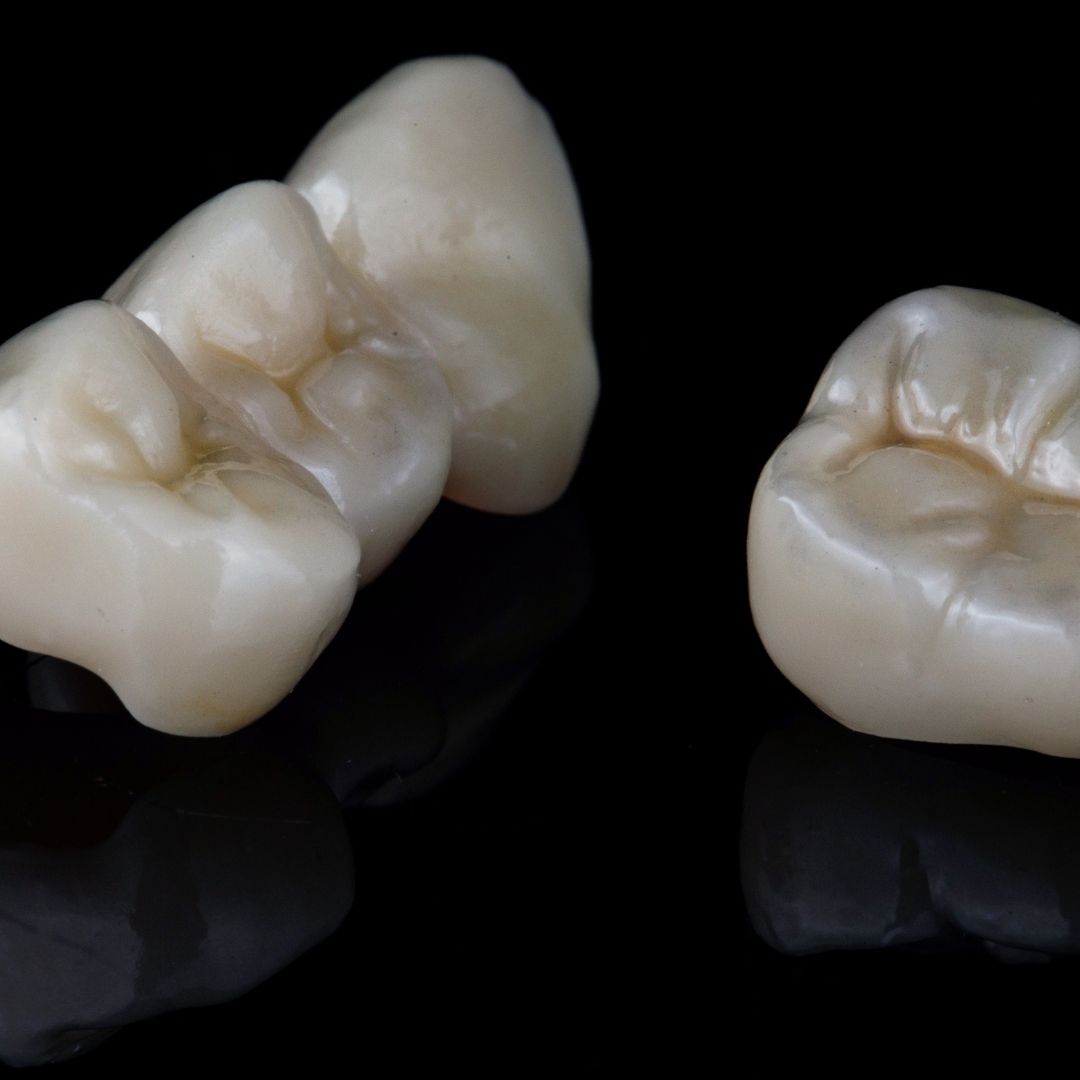
Amalgam vs. Composite Fillings: Which Is Better for Your Teeth?
When it comes to dental fillings, there are a few various options available to pick from, some of which include amalgam fillings and composite fillings. Composite fillings are also an option. Despite the fact that both types of fillings seek to restore and protect your teeth, there are notable distinctions between them in terms of the materials used, the way they look, and the advantages they provide.
If this is the case, is there a particular type of filling that is better suited for your teeth than others? In the following paragraphs, we are going to compare and contrast amalgam fillings with composite fillings, with the intention of supporting you in making an informed decision about which one is going to be most beneficial to you in light of your specific circumstances.
Should I Get Amalgam or Composite Filling?
Your dental health history, your personal preferences, the amount of money you have available, and the location and size of the cavity all play a role in determining whether you should undergo composite or amalgam fillings in your cavity. Before settling on a choice, it is critical to have a conversation with your dentist about the various alternatives available to you and to gain an understanding of the advantages and disadvantages of each type of filling.
Which Dental Filling Is Best?
There is no one-size-fits-all answer to this question, as the best filling depends on each patient's unique needs and circumstances. In general, amalgam fillings are stronger and more durable, while composite fillings are more aesthetically pleasing and less noticeable. Both types of fillings can effectively restore your teeth and prevent further decay, but the choice depends on your priorities.
Which Dental Filling Is the Safest?
Both amalgam and composite fillings are considered safe by dental associations and regulatory bodies worldwide. However, there have been concerns about the safety of amalgam fillings due to their mercury content. While the amount of mercury in amalgam fillings is minimal and unlikely to cause harm, some people prefer to avoid them for peace of mind. Composite fillings are mercury-free and biocompatible, making them a popular choice for those who value natural and holistic approaches to dental care.

Is Composite as Strong as Amalgam?
Composite fillings are attached directly to the surface of the tooth, and their composition consists of a combination of glass and plastic resins. Even though composite fillings are not as durable as amalgam fillings, they are still able to withstand the regular biting and chewing stresses that are placed on teeth and can survive for many years if they are properly cared for. The quality of the bonding agent, the dentist's experience, the size and position of the cavity, and the location of the filling all have a role in the durability of the composite filling.
Why Use Composite Instead of Amalgam?
Composite fillings have many advantages over amalgam fillings, including their aesthetic appeal. Composite fillings are tooth-colored and blend in seamlessly with the surrounding teeth, making them virtually invisible. They also require less tooth structure removal than amalgam fillings, which preserves more of the natural tooth enamel and dentin. Another advantage of composite fillings is their biocompatibility, as they are mercury-free and non-toxic, making them a safer and healthier option for some people. Additionally, composite fillings are versatile and can be used for a variety of dental restorations, such as fillings, bonding, veneers, and crowns.
Lastly, composite fillings are minimally invasive and can be placed in a single dental appointment without the need for local anesthesia or drilling. These benefits make composite fillings a popular choice for many patients seeking dental restorations.
Why Choose Composite Over Amalgam?
Choosing composite fillings over amalgam fillings depends on your priorities and preferences. If you value aesthetics, biocompatibility, and minimally invasive procedures, composite fillings may be the best choice for you. If you prioritize strength, durability, and cost-effectiveness, amalgam fillings may be a better option. It's important to discuss your options with your dentist and consider the pros and cons of each type of filling before making a decision. Amalgam and composite fillings are both effective and safe options for restoring and protecting your teeth. The choice between the two depends on several factors, including your dental health history, personal preferences, and budget.
Metal Fillings
Metal fillings, also known as amalgam fillings, are a type of dental filling that has been used for over 150 years. These fillings are made up of a combination of metals, including silver, copper, tin, and mercury. While they are known for their durability and strength, some people have concerns about the mercury content in amalgam fillings. Although studies have shown that the amount of mercury released from amalgam fillings is low and generally safe, some people may choose to avoid them due to potential health risks.
In addition to concerns about the mercury content, metal fillings also have a silver or gray color that can be noticeable when smiling or laughing, which may be a cosmetic concern for some patients. However, metal fillings are still a popular choice for many patients due to their durability and affordability. It's important to discuss all of your options with your dentist and consider your individual needs and preferences before making a decision about dental fillings.
Healthy Turkiye Notes
In conclusion, the decision to get an amalgam or composite filling ultimately depends on your individual needs and preferences. While amalgam fillings have been used for decades and are known for their durability, composite fillings offer several advantages such as their aesthetic appeal, conservative preparation, biocompatibility, versatility, and minimally invasive nature. If you are concerned about the mercury content in amalgam fillings, composite fillings may be a safer and healthier option for you. It's important to discuss all of your options with your dentist and weigh the pros and cons of each type of filling before making a decision. No matter which type of filling you choose, practicing good oral hygiene habits, such as regular brushing and flossing, can help prolong the life of your filling and maintain your overall oral health.



